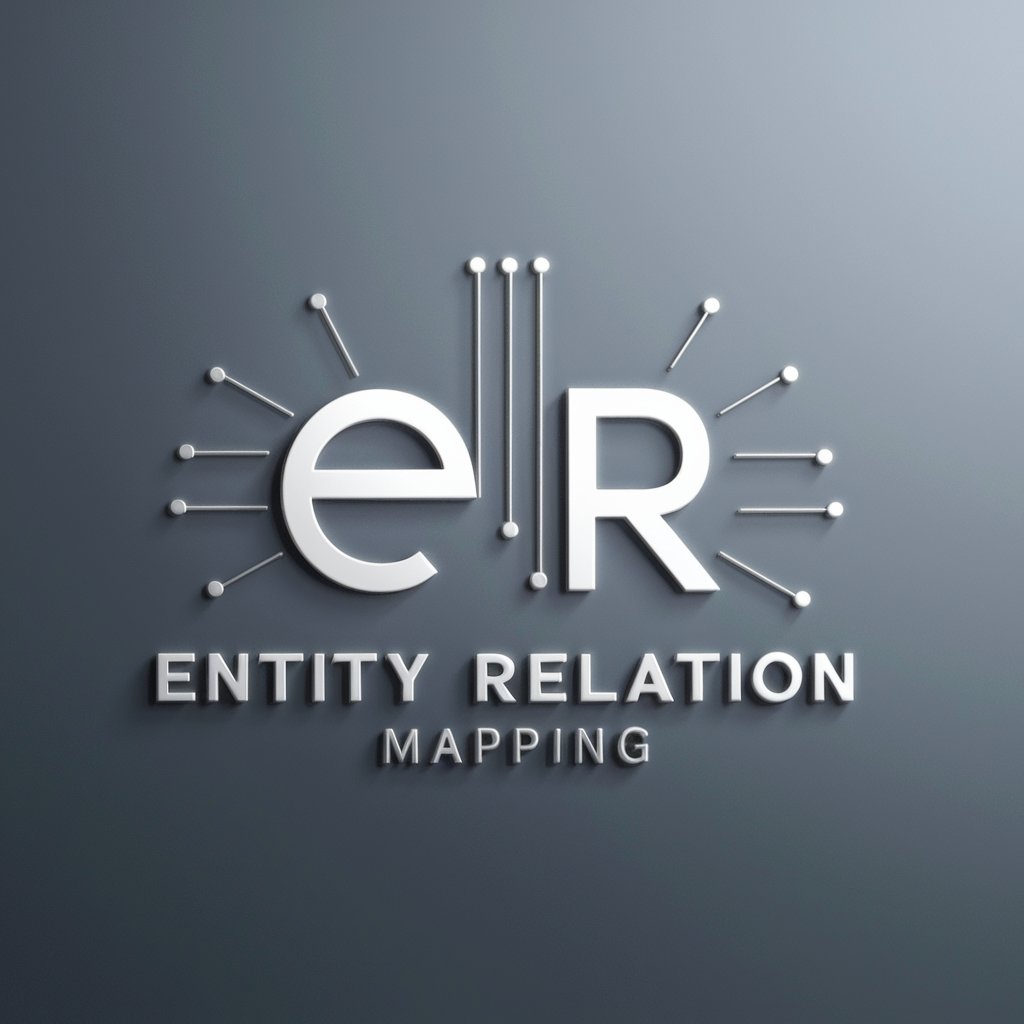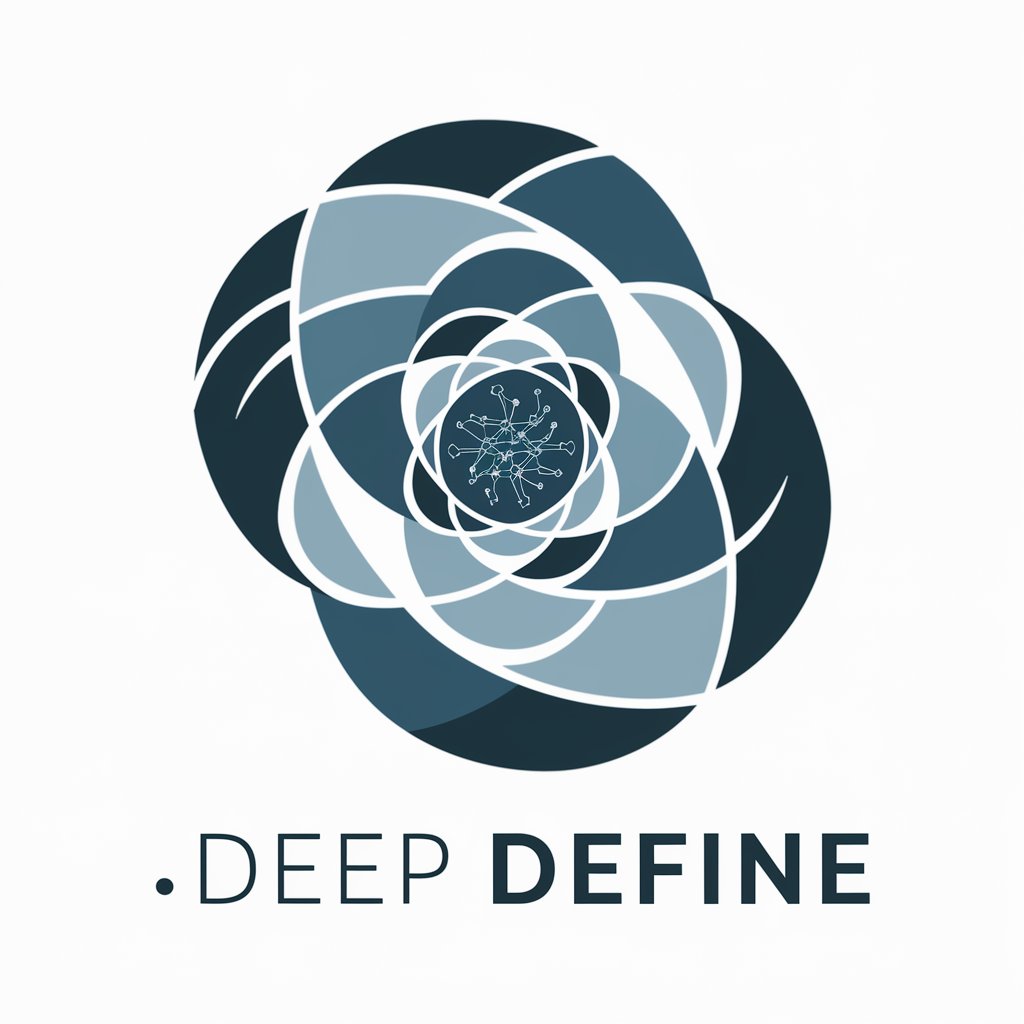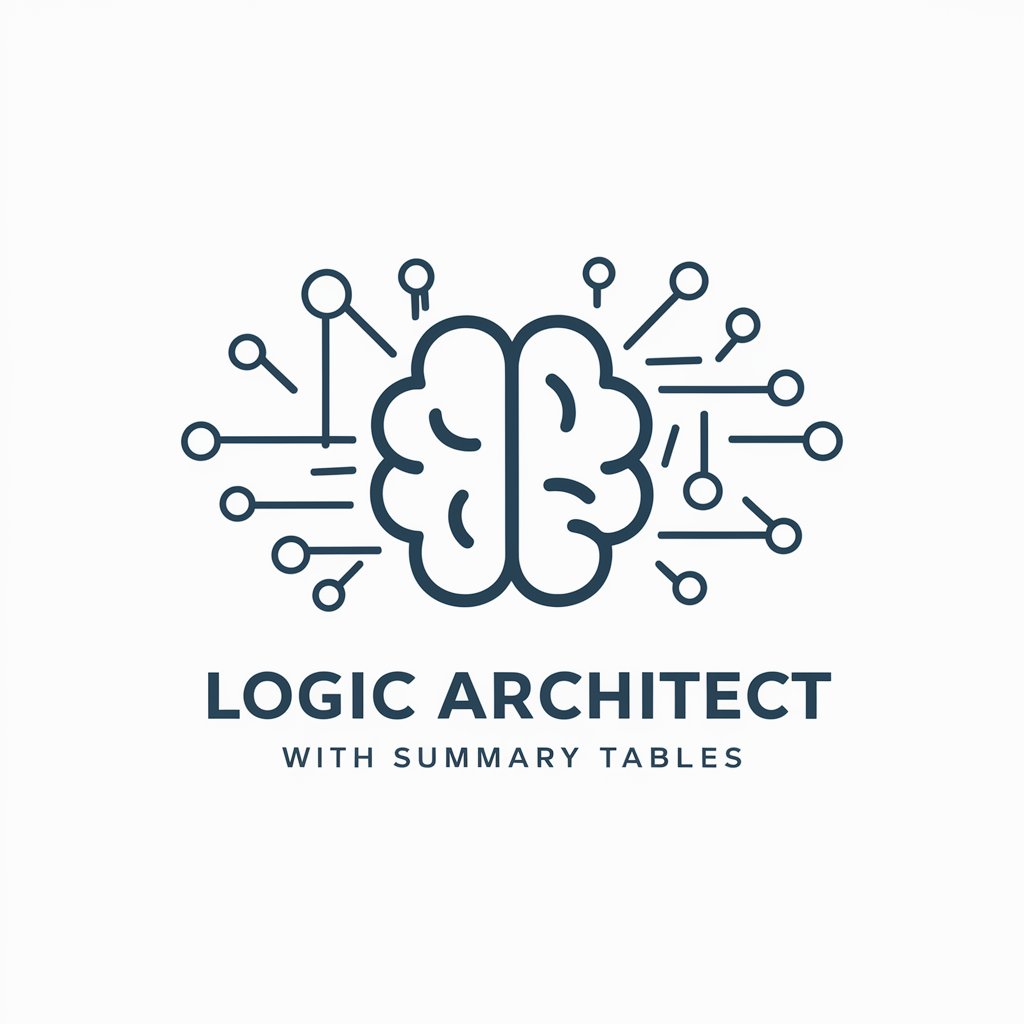
Logical entity decomposition - Text Fact Decomposition Tool
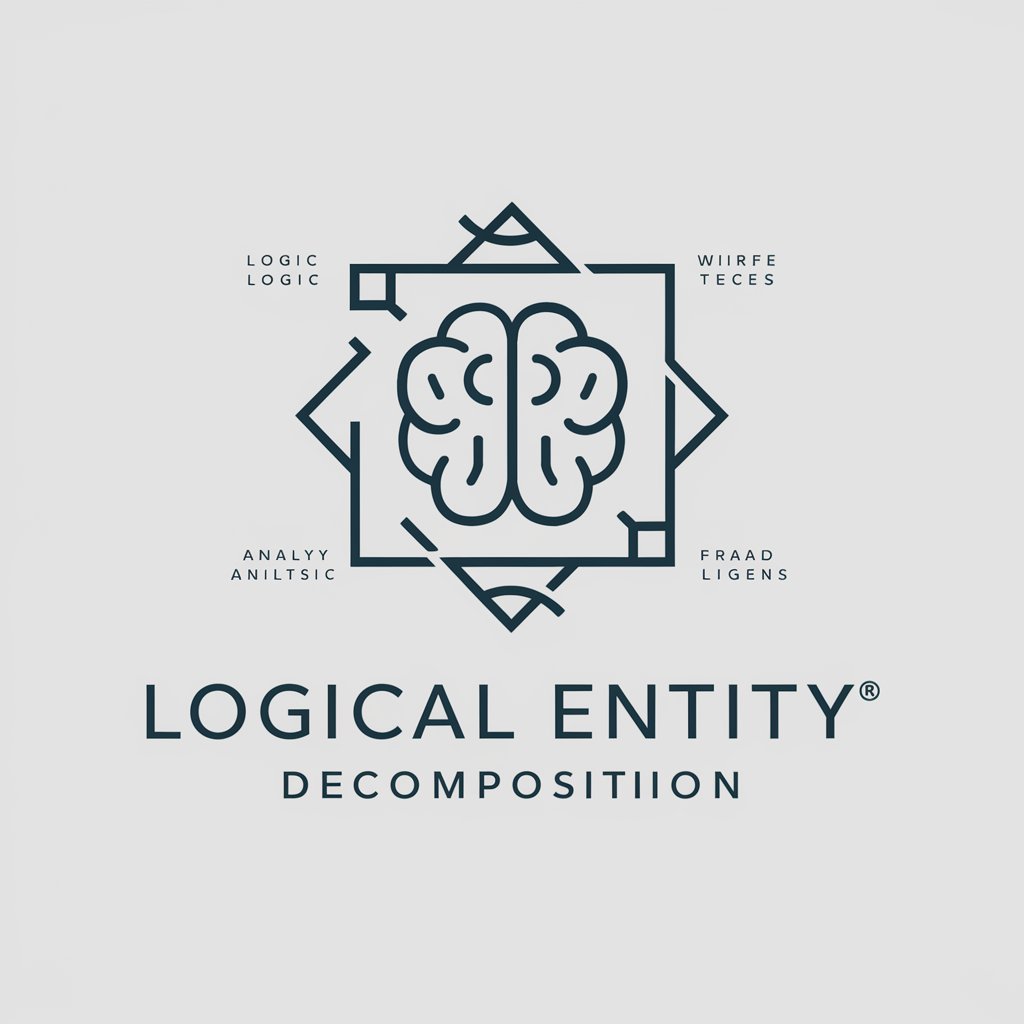
Welcome! Let's organize and clarify information together.
Unravel text, reveal connections.
Describe the key entities involved in...
Outline the main events of...
Summarize the relationships between...
Provide a detailed breakdown of...
Get Embed Code
Overview of Logical Entity Decomposition
Logical entity decomposition is a specialized AI-driven tool designed to analyze and outline text content methodically. Its primary function is to dissect given texts into three main categories: entities, events, and relationships. Entities refer to characters, persons, or concepts mentioned in the text; events are the actions or occurrences detailed; and relationships describe the interactions or connections between entities. For example, in a business meeting transcript, it would identify participants (entities), summarize the discussion points (events), and outline the agreements or conflicts between participants (relationships). Powered by ChatGPT-4o。

Core Functions and Applications
Entity Identification and Description
Example
In a legal document, the tool would list all involved parties and their roles, such as plaintiff, defendant, and witness.
Scenario
Lawyers analyzing documents for case preparation would use this to quickly grasp key players and their characteristics.
Event Sequencing
Example
In an historical account, the tool could chronologically order key events like battles, treaties, and reigns.
Scenario
Historians or students studying for exams benefit from clear timelines and event structures to enhance understanding and retention.
Relationship Mapping
Example
In company emails, it can map out the communication patterns between departments or key individuals.
Scenario
Corporate managers use this to identify bottlenecks in information flow or to improve team interactions and productivity.
Target User Groups
Academic Researchers
Scholars and students who deal with large volumes of texts and require structured analysis to develop hypotheses or contextual understanding.
Legal Professionals
Lawyers and paralegals benefit from quick decomposition of complex legal texts into understandable segments, aiding in case preparation and legal analysis.
Business Analysts
Analysts in corporate settings who need to dissect reports, emails, and communications to understand organizational dynamics and decision-making processes.

Guidelines for Using Logical Entity Decomposition
Initiate Trial
Visit yeschat.ai to start a free trial, no login or ChatGPT Plus subscription required.
Understand the Tool
Familiarize yourself with the tool's capabilities by reviewing the provided documentation and examples on the website.
Prepare Your Text
Ensure your text is well-structured and clear, as the quality of input directly affects the accuracy of entity decomposition.
Analyze Text
Input your text into the tool to analyze entities, events, and their relationships. Use the customization options to tailor the analysis to your needs.
Review and Apply
Examine the output, adjust the analysis parameters if needed, and utilize the insights gained for your specific application, such as academic writing or content development.
Try other advanced and practical GPTs
AI Tools | Chain of Thoughts (CoT)
Enhancing AI reasoning, step by step.
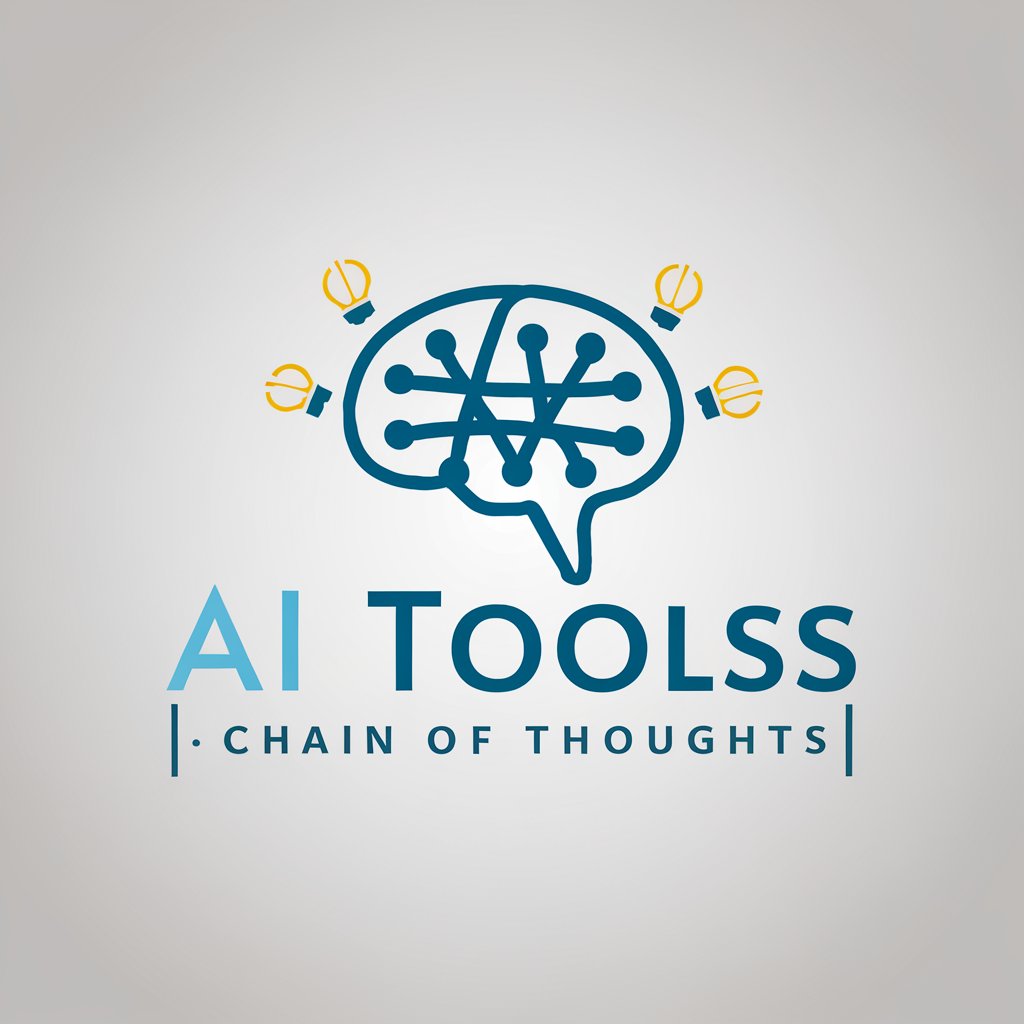
Gold Goose S.C.
Empowering Innovation with AI

AI Table Tennis
Experience Table Tennis like never before, powered by AI.

Fantasy Football Guru
Empower Your Fantasy Game with AI

TekstTuner
Empower Your Words with AI
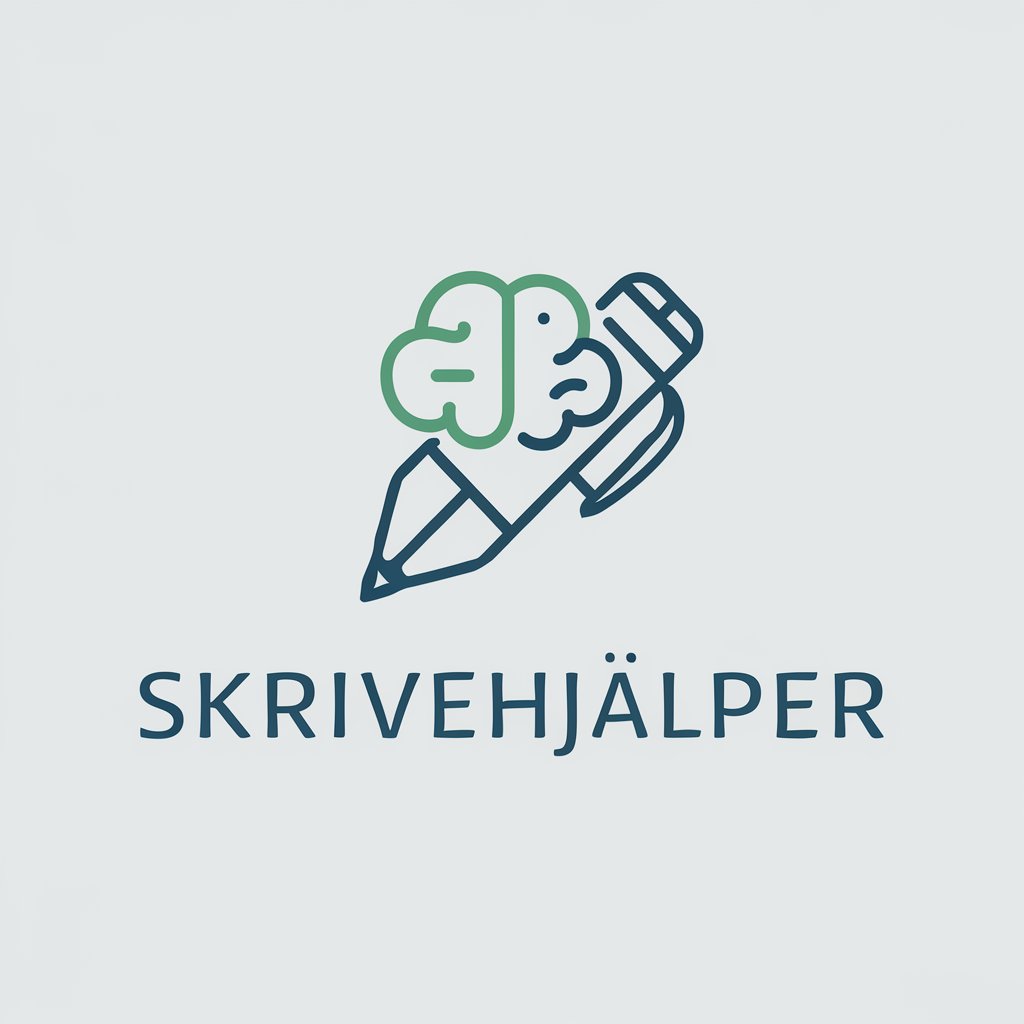
LaVeyan Satanic Guide
Explore Satanism, Empowered by AI

Business Analyst
Elevate Your Strategy with AI-Powered Insights

MetaGPT
Empowering Your Creativity with AI
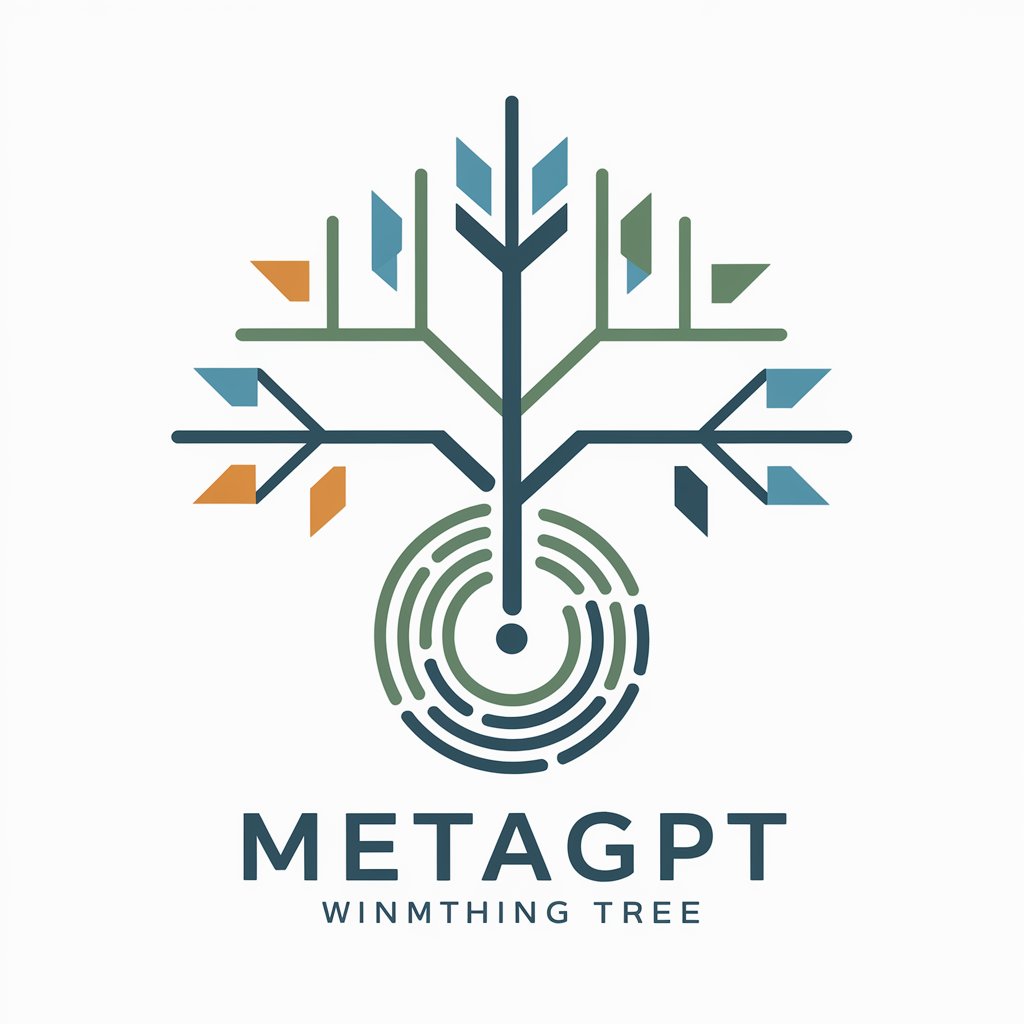
TWIT
Transforming learning with AI insight

Sharp Twit
Empower your edge with AI

Twitch Designer
AI-powered Twitch designs in minutes

Tryptocratic Republic
Harnessing AI for Ethical Governance
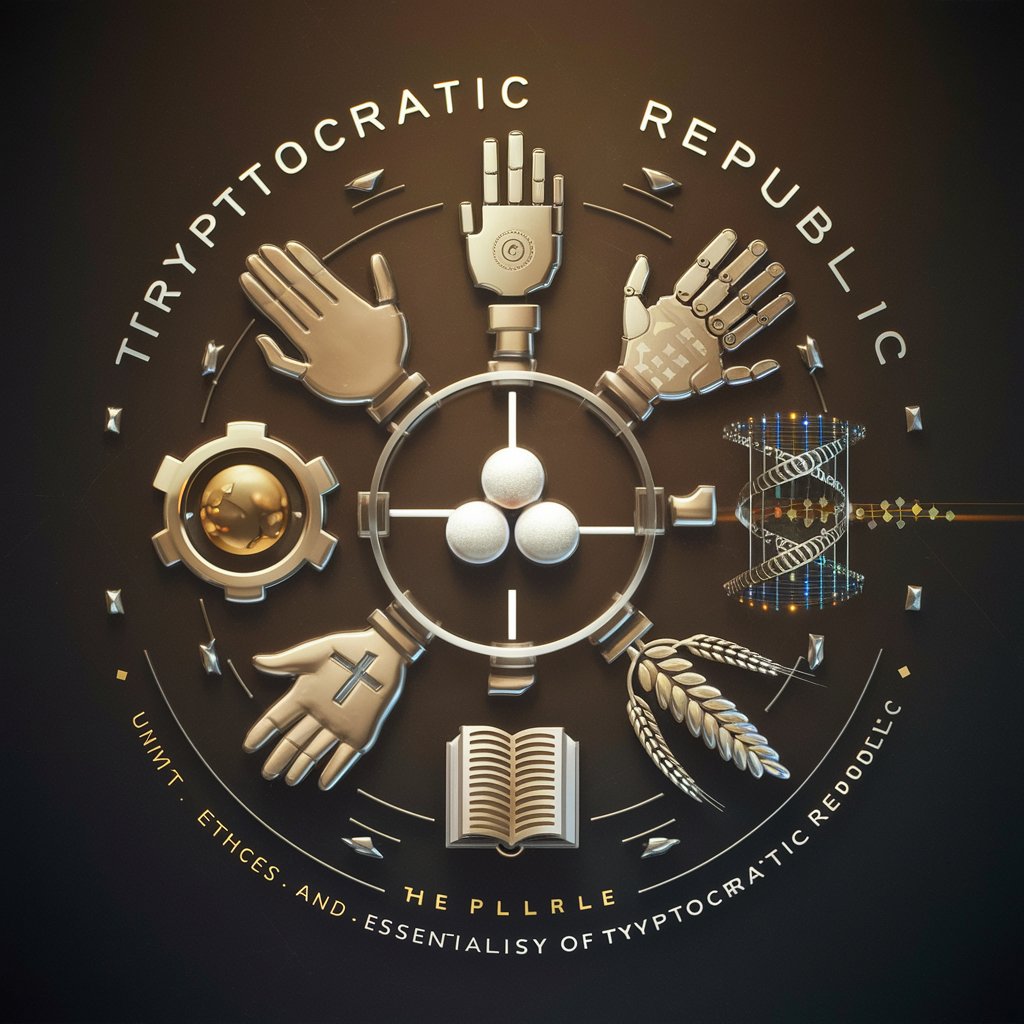
Frequently Asked Questions About Logical Entity Decomposition
What is Logical Entity Decomposition?
Logical Entity Decomposition is a tool designed to analyze and outline the facts asserted in a text, focusing on entities, events, and their relationships to help clarify and structure information.
Can Logical Entity Decomposition help with academic research?
Yes, it is particularly useful in academic research for organizing and clarifying complex information in literature reviews or data analysis, helping researchers to clearly define relationships and chronologies in their subjects.
Is there a limit to the size of the text Logical Entity Decomposition can analyze?
The tool is optimized for moderate-length texts typical of articles or academic papers. Performance may vary with very long documents, and breaking such texts into manageable sections is recommended.
How does Logical Entity Decomposition handle different languages?
Currently, the tool is optimized for English. It may not perform as well with texts in other languages due to language-specific nuances and structures.
Can this tool be integrated with other software?
Yes, Logical Entity Decomposition can be integrated into various platforms and systems to enhance content analysis capabilities, provided that appropriate APIs are available and used.

